Imagine wandering through a dark, silent forest at midnight, when suddenly, the ground beneath your feet begins to shimmer with an eerie green light. Shapes emerge—tiny mushrooms glowing like embers, their subtle radiance illuminating the forest floor in a spectacle that seems straight out of a fairy tale. This is not a dream or a scene from a fantasy film. It’s the real, mesmerizing world of bioluminescent life in forests—a world as mysterious as it is beautiful, where nature performs a secret light show for those lucky enough to witness it. The phenomenon of glowing mushrooms and other bioluminescent wonders has both captivated and puzzled humanity for generations, sparking legends, scientific inquiry, and awe in all who encounter it.
The Enchantment of Bioluminescence
Bioluminescence refers to the ability of living organisms to produce light through chemical reactions within their bodies. In forests, this phenomenon is most commonly seen in certain types of fungi, insects, and even some bacteria. The light produced is often green or blue, casting an ethereal glow that can transform the darkest woods into places of wonder. While bioluminescence is widespread in the deep ocean, its presence on land—especially in forests—feels almost magical. This natural light show has inspired countless myths and stories, fueling imaginations with tales of will-o’-the-wisps and enchanted groves.
The Science Behind the Glow
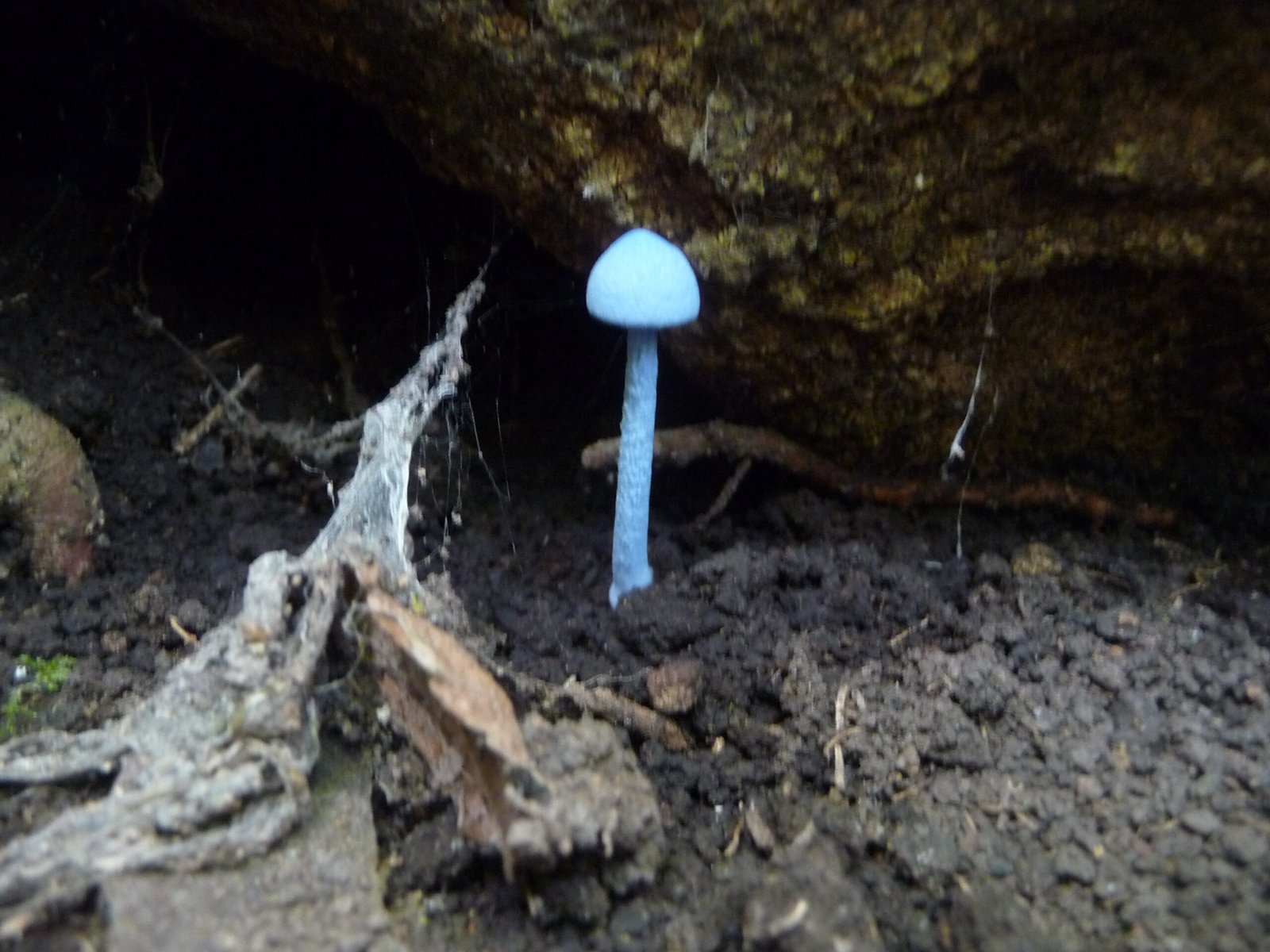
At the heart of bioluminescence is a remarkable chemical reaction involving luciferin, a light-emitting molecule, and luciferase, an enzyme that acts as a catalyst. When these two components interact in the presence of oxygen, they release energy in the form of visible light. In bioluminescent mushrooms, this process takes place within specialized cells, often in the cap or gills of the fungus. The precise color and intensity of the glow depend on the type of luciferin and the environment in which it occurs. This process is highly efficient, producing light without generating heat, which makes it perfect for delicate living tissues.
Meet the Glowing Mushrooms

Among the most famous of the glowing fungi are species like Panellus stipticus, Mycena chlorophos, and the beautiful Neonothopanus gardneri. These mushrooms are mostly found in damp, decaying wood in forests across the world, from North America to Southeast Asia and Brazil. Their gentle green light often goes unnoticed by day, but at night, they transform logs and leaf litter into glowing constellations. Some species emit a steady glow, while others pulse or flicker, adding to the mysterious atmosphere of the forest. For centuries, people have stumbled upon these living lanterns and wondered at their purpose.
Reasons for the Light Show
Why do some mushrooms glow? Scientists believe bioluminescence serves several purposes. One leading theory suggests that the light attracts insects and other small creatures, which help spread the mushroom’s spores to new locations. Another hypothesis is that the glow may deter animals that might otherwise eat the fungi. Some researchers even speculate that the light could help protect the mushrooms from harmful microbes. While the debate continues, one thing is clear: bioluminescence offers an evolutionary advantage that has helped these species survive and thrive in the shadowy depths of the forest.
Fireflies: The Forest’s Flashing Jewels
Mushrooms aren’t the only bioluminescent wonders lurking in the woods. Fireflies, also known as lightning bugs, are perhaps the most well-known bioluminescent insects. They use flashes of yellow-green light to attract mates and communicate with one another. Each species has its own unique pattern of flashes, creating a dazzling spectacle on warm summer nights. The magical sight of hundreds of fireflies blinking in unison has inspired poets and nature lovers for generations. Their light, like that of the mushrooms, is produced by a chemical reaction in their lower abdomen, making them living jewels of the forest.
Glowing Millipedes and Other Surprises
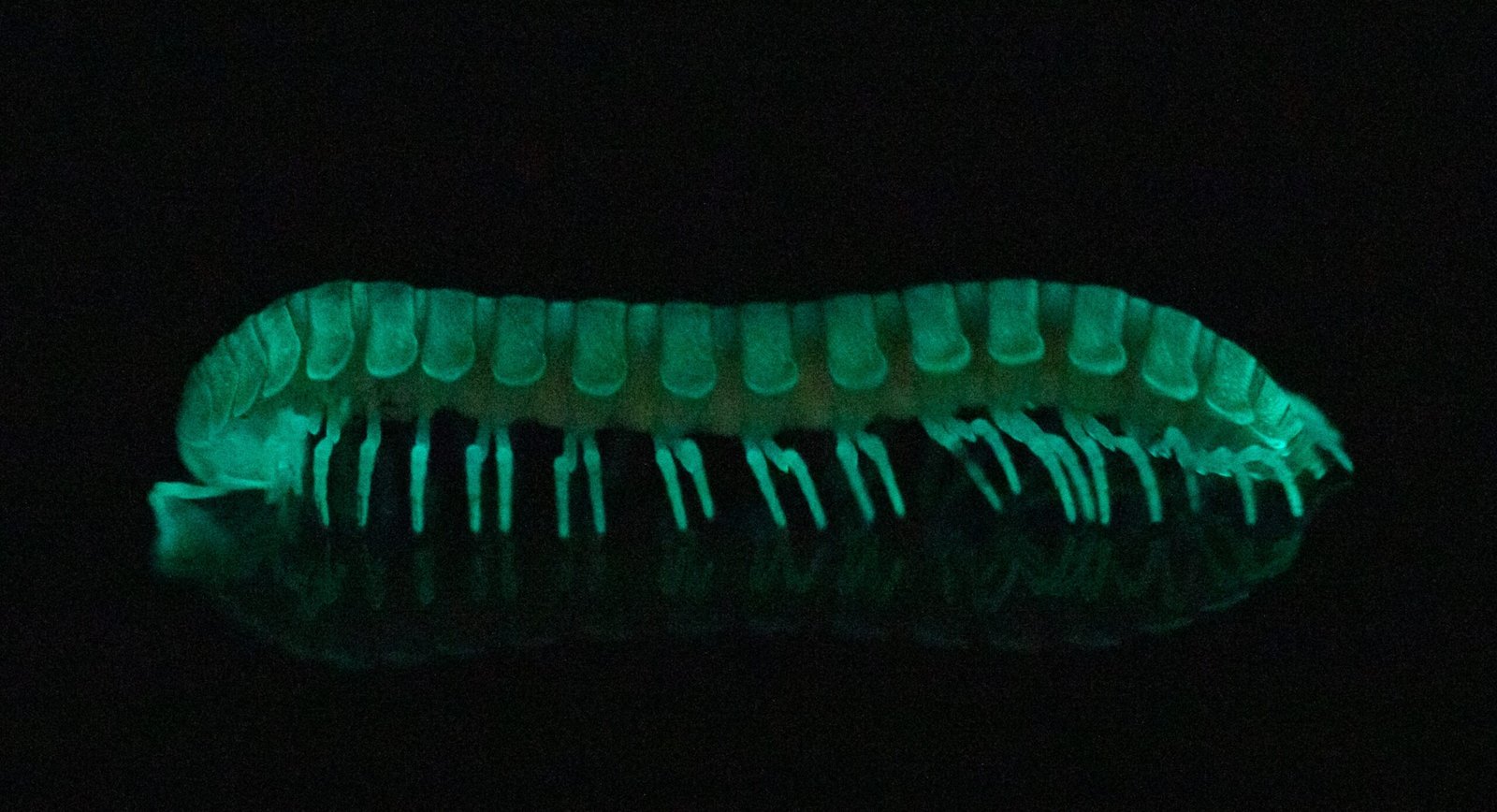
In some forests, even millipedes glow. The Motyxia genus, found in the mountains of California, emits a bluish-green light from its exoskeleton. This glow is believed to serve as a warning to predators about the millipede’s toxic defenses. Other small creatures, like certain beetles and worm-like larvae, also produce light for communication, predation, or defense. The variety of bioluminescent creatures in forests is a reminder of nature’s inventiveness and the hidden wonders that await the patient observer.
Bioluminescent Bacteria: The Invisible Architects
While mushrooms and insects steal the spotlight, bioluminescent bacteria play a quieter but equally fascinating role in forest ecosystems. These microscopic organisms can colonize decaying wood, producing a pale blue or green glow known as “foxfire” or “fairy fire.” Early explorers and settlers sometimes used these glowing logs to light their way through dark woods. The eerie light was once believed to be supernatural, but today we know it’s the work of millions of tiny bacteria, breaking down organic matter and recycling nutrients for the forest.
Legends and Folklore
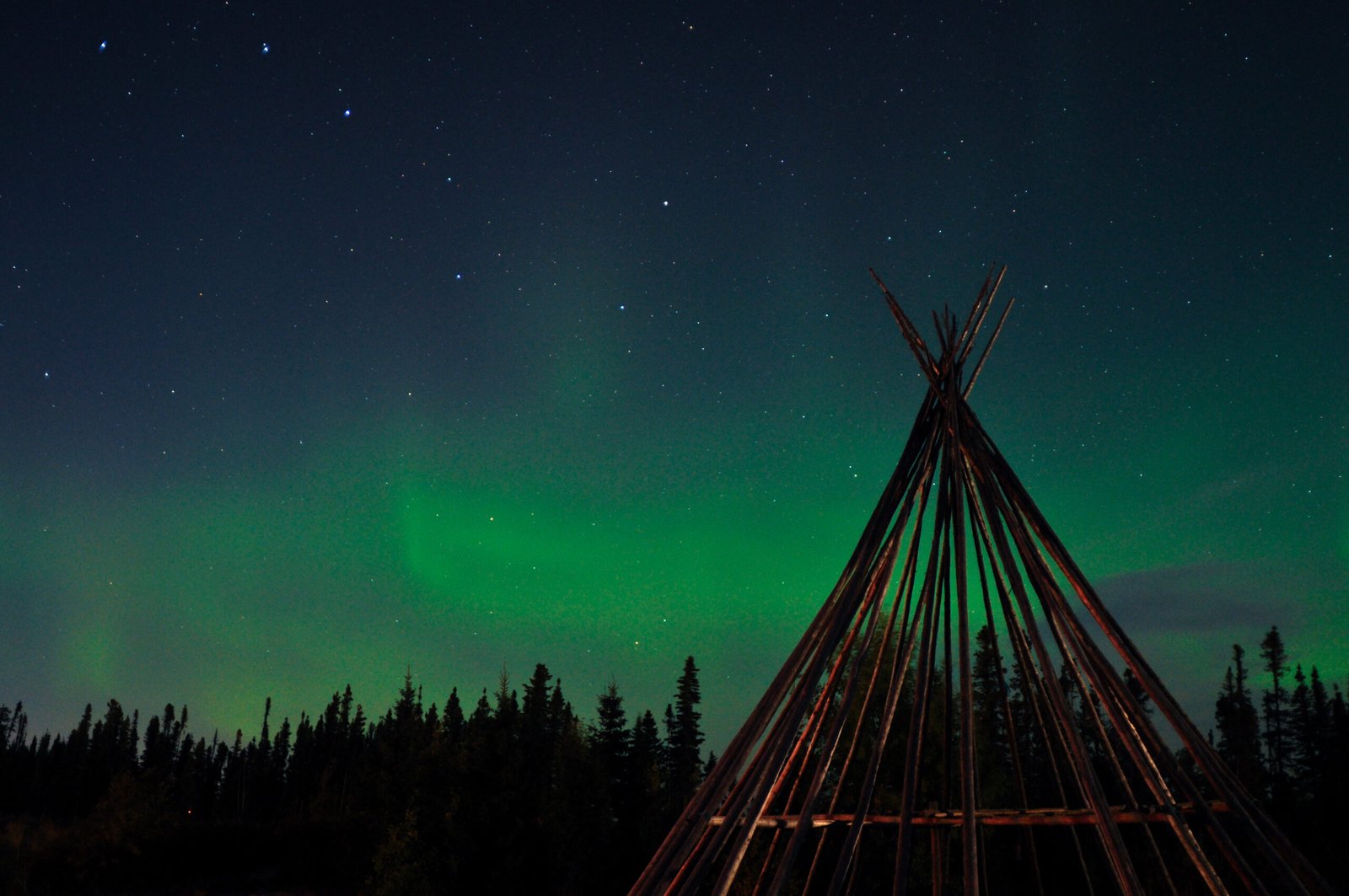
Throughout history, glowing mushrooms and other bioluminescent phenomena have given rise to countless legends. In Europe, people spoke of fairy rings and enchanted groves, while in Japan, the glowing Mycena mushrooms are called “yakoh-take,” or “night-shining mushrooms,” believed to be the lanterns of forest spirits. Even in modern times, hikers and campers share stories of mysterious lights in the woods, fueling our collective fascination with the unknown. These tales remind us that the forest is not just a place of science, but a realm of imagination and wonder.
Bioluminescence and Human Curiosity
The study of bioluminescence has driven scientific curiosity for centuries. Researchers have isolated and studied the chemicals responsible for the light, leading to breakthroughs in biology and medicine. For example, the green fluorescent protein (GFP) from jellyfish has revolutionized genetic research, allowing scientists to visualize cellular processes in real time. Forest bioluminescence has also inspired artists, photographers, and designers who seek to capture its beauty. This ongoing fascination shows that even the smallest glimmer in the forest can spark big ideas.
Where to Find Bioluminescent Forest Wonders
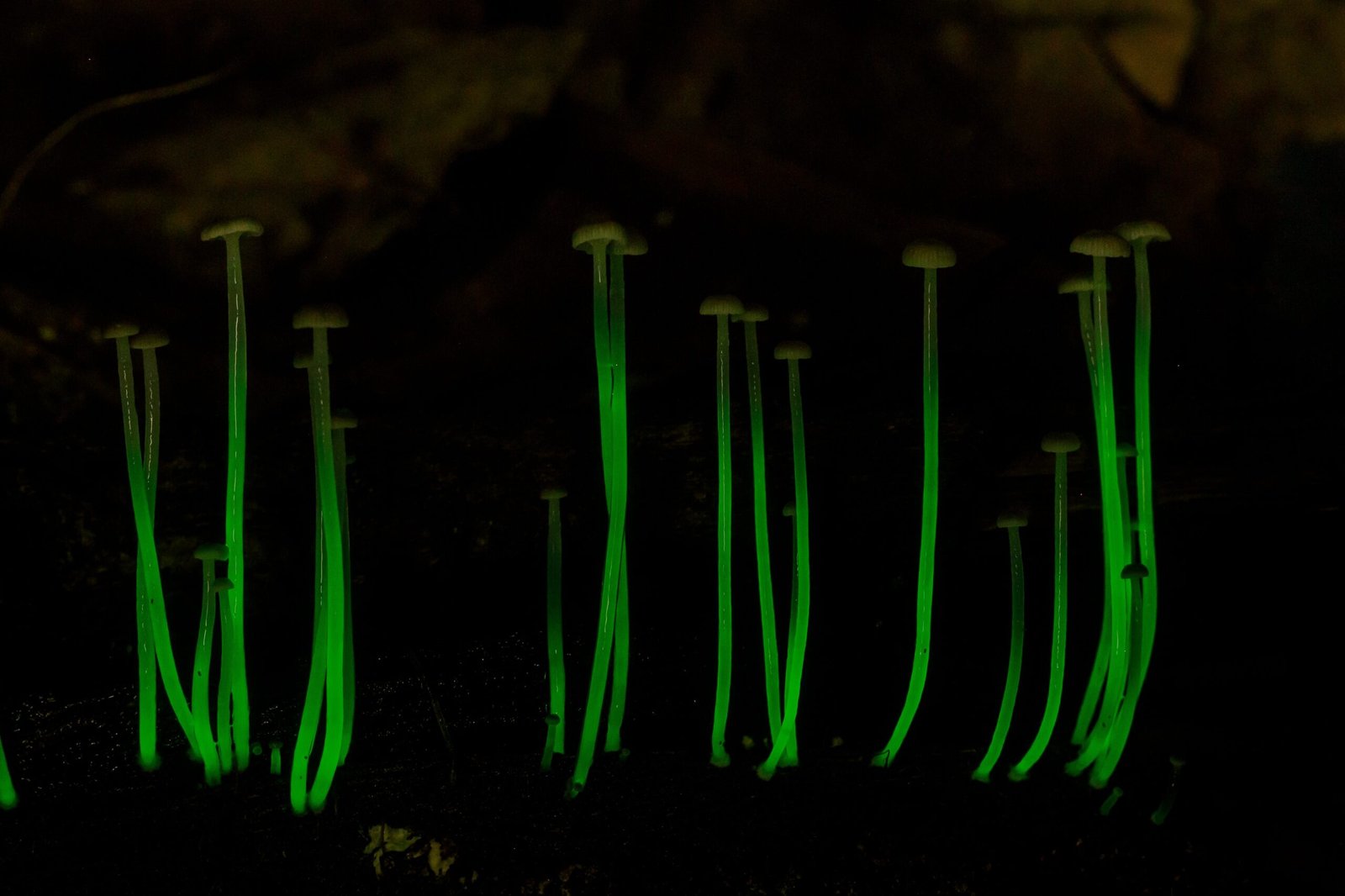
If you’re eager to witness this natural light show yourself, there are several places around the world where bioluminescent mushrooms and insects are regularly spotted. Southeast Asia’s rainforests, the forests of Brazil, and parts of North America are known for their glowing fungi. Firefly festivals in Japan, the United States, and Malaysia draw thousands of visitors each year. Even local woods may harbor tiny glowing surprises if you know where and when to look. The best chances are during warm, humid nights after rainfall, when decomposition is in full swing and the forest is alive with hidden magic.
The Future of Bioluminescent Mysteries
As technology advances, scientists continue to uncover new species and unravel the secrets behind bioluminescence. There are ongoing efforts to protect the habitats where these wonders thrive, as deforestation and pollution threaten their existence. Conservationists hope that by sharing the beauty and importance of bioluminescent organisms, more people will be inspired to protect them. The mysteries of the glowing forest are far from fully understood, and future discoveries may be even more dazzling.
Reflections on Nature’s Hidden Lights
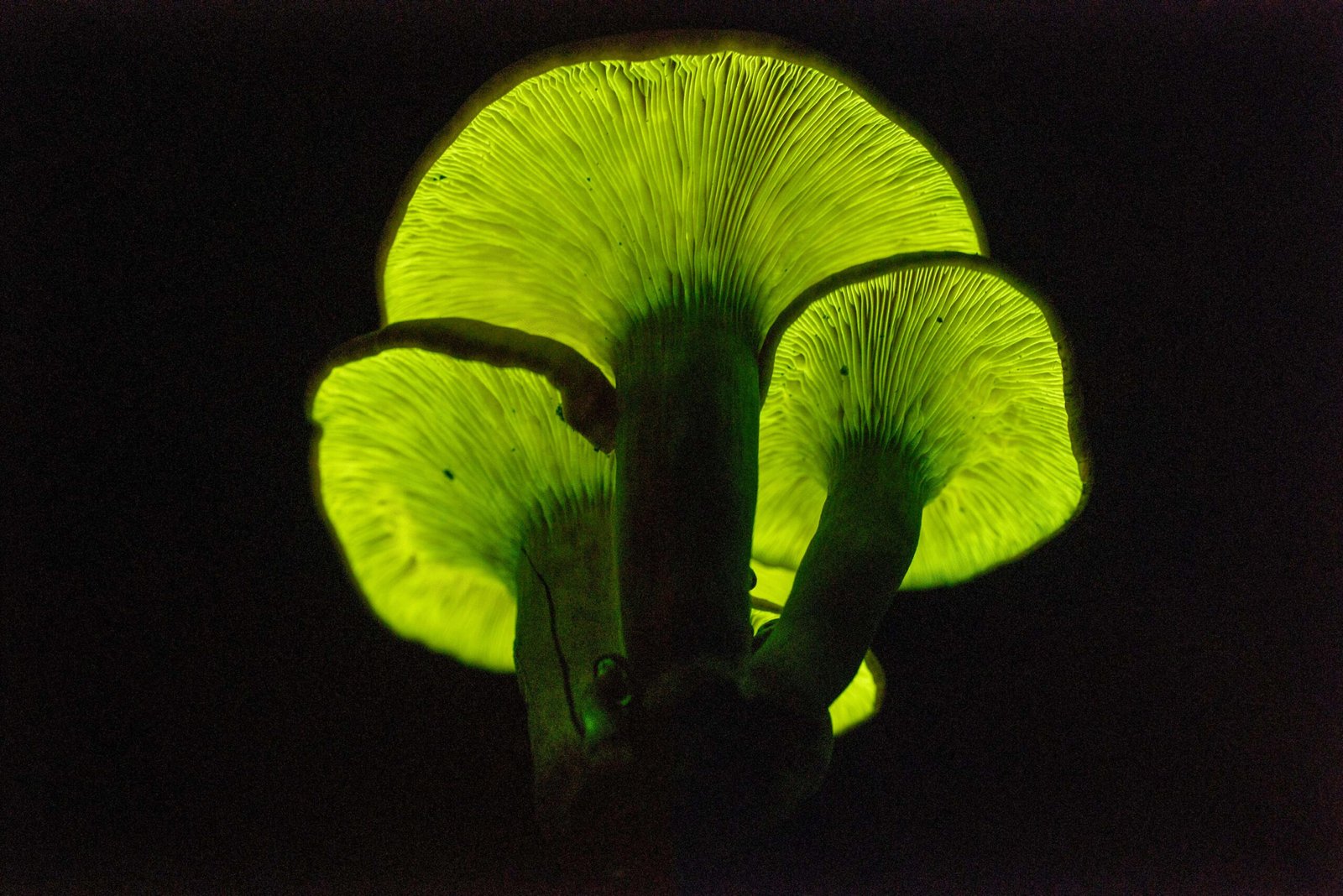
Bioluminescent mushrooms and their glowing companions remind us how much we have yet to learn about the natural world. Their light is both a warning and an invitation—beckoning us to venture deeper, look closer, and appreciate the fragile beauty that flickers in the darkness. These glowing wonders are not only scientific marvels but also powerful symbols of hope, imagination, and the enduring magic of nature. Would you ever have guessed that the darkest forests could shine so bright?


